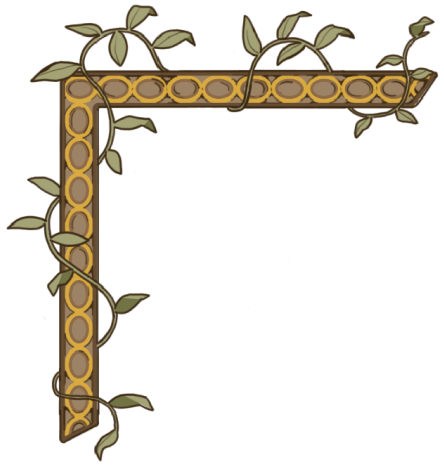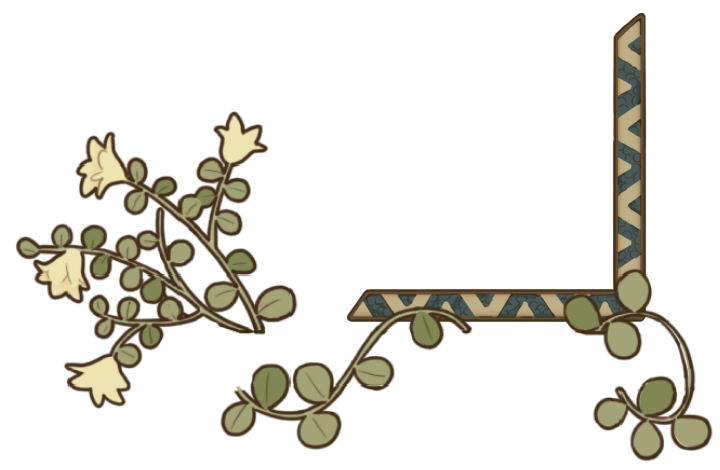Chapter Three gallery
(3)
Designstripe presents














Illustrator
Art nouveau’s
reluctant poster boy
Why Mucha?
At designstripe, we value Mucha’s belief in the beauty of everyday objects, and his egalitarian view of what constitutes art. He’s the affichiste who elevated posters into an art, and by integrating illustration, information and design, he built the foundation of modern artistic communication.



(1)
Creating highly stylized posters that plastered the streets and salons of fin de siècle Paris and, reluctantly, bringing art nouveau to its ultimate expression.
Alphonse Mucha’s style was instantly recognizable, always jam-packed with detail and allegory and putting la femme nouvelle front and centre. In 1896, he created a poster for a cigarette paper manufacturer called the Joseph Bardou Company, known as Job. By taking the product out of the spotlight and putting it in between the fingers of a provocative, cosmopolitan woman, he essentially invented aspirational advertising. He might also be the first — though definitely not the last — advertising creative to make smoking look indisputably chic.

(2)
July 24, 1860 (Ivančice, Czech Republic) – July 14, 1939 (Prague, Czech Republic)
Alfons Maria Mucha — known as Alphonse Mucha — was born in 1860 the small town of Ivančice, near the southern border of what is today called the Czech Republic. At the time of his birth, it was a Bohemian country under Austrian control fighting to define and defend its Czech identity, and that nationalistic consciousness would color the rest of his life and work.
After getting kicked out of high school, Mucha was harshly rejected from art school. Then, a set painting apprenticeship in Vienna was cut short when a major theatre burnt down. In Paris, he fraternized with the city’s creative class, while eking out a living freelancing. And were it not for a right-place, right-time kind of Christmas miracle (more on that later), Mucha might not have become one of the father’s of both poster making and art nouveau.
Mucha’s work and designs appeared in magazines and books, on menus and packaging, on theatrical stages and costumes, as jewellery, wallpaper and carpets, and most famously on intricately designed posters that blanketed Paris at the end of the 19th century. Over the course of his career, he produced 119 commercial posters, selling everything from biscuits and chocolate to bicycles and baby food to brandy and cigarette papers. Oh, and so much champagne. He worked with clients that are still global brands today, including Nestlé and Moët-Chandon. He elevated lithography out of the commercial crafts and brought high art into homes from Chicago to Czechoslovakia. His style — his oft-imitated, sometimes duplicated, larger-than-life style — became synonymous with art nouveau.

But as a fervent believer in the idea that art should be timeless, not transitory (or, worse, trendy), Mucha resented his association with the movement. In 1909, he returned to Bohemia and devoted himself to the second phase of his career: Slav Epic, a series of 20 mammoth paintings depicting the history of the Slav people. He declined further commercial work, unless it was to promote philanthropical or cultural events (or his own exhibitions). He finished the series and donated it to the nation of Czechoslovakia in 1928, on the tenth anniversary of its independence. When the Nazis invaded in 1939, Mucha was targeted as a nationalist and a reactionary (on top of being a Freemason), and was detained and questioned for a number of days. He died later that same year, his style considered old fashioned, bourgeois and decadent.

I was glad to be involved in art for the people and not for private drawing rooms. It was cheap, accessible to the general public, and it found its way to both well-to-do and poor families.
(3)
(4)
A technical look into the artistry, skill and innovation through which Mucha revolutionized design.


Art nouveau — By the end of the 19th century, the industrial revolution had firmly taken hold, making daily life easier, more efficient and, well, uglier. In response, an art movement elevating and celebrating the unruliness of the natural world flourished. Everywhere you looked, art nouveau’s long lines, botanical motifs, soft forms, and peacocks (so many peacocks) had taken up residence. The proponents of art nouveau applied these themes to every surface they could find — the more mundane the better — from wallpaper, jewellery and textiles to cups and lamps to subway entrances. Crowning it all were the commercial posters and decorative panels designed by Mucha and his cohort that came to define the movement.
No. 8 rue de la Grande Chaumière — In 1893, Mucha moved into a new studio, and invited painter, writer, ceramist and all-around creative force of post-Impressionism Paul Gauguin to join him. Filled with exotic objects and musical instruments (like the harmonium Gauguin is seen playing — pantsless — here), the space embodied the free-spirited ethos of Paris at the turn of the century. Every day, Bohemian artists and intellectuals including Swedish playwright August Strindberg, French parapsychologist Albert de Rochas and astronomer Camille Flammarion came through the door — which Mucha had rigged to play beautiful music whenever it opened.
Lithography — Mucha broke the mould of late-19th-century poster making. Most posters of the era were small handbills. Anything larger was still shorter and wider than what would become Mucha’s signature style, because lithographic stones were at most 180 centimetres wide and 120 centimetres tall. But at over two metres in height and 76 centimetres wide, Mucha’s iconic “Gismonda” poster was literally larger than life. (Significantly so, as Sarah Bernhardt was only 160 centimetres tall.) Mucha achieved this imposing feat by designing the poster in two pieces, such that it had to be cut in half and glued back together.
For Mucha, they were one and the same: Sarah Bernhardt, by far the most famous actor of her time and the godmother of modern celebrity. It was his first poster for her that catapulted him to fame (and she’s the one that recognized its potential — Lemercier didn’t even want to show it to his client, so different was it from what everyone else was doing); the exclusive contract she gave him kept him there. But, Bernhardt benefitted too: The strong, striking visuals — complete with halo — Mucha created for her immortalized the actress’ “divine” image while generating unprecedented buzz.



(5)
Chronology
The story starts...
On December 26, 1894, Sarah Bernhardt was in desperate need of a new poster for her play Gismonda, whose initial run had just been prolonged. It had to be ready for January 1. She called her publisher Lemercier but because of the holidays, none of the firm’s usual artists were available—well, none except Mucha, who happened to be at the firm correcting proofs for a friend. The larger-than-life poster that would make icons of both him and the divine Sarah appeared on the streets of Paris New Year’s Day, and was an immediate hit. Bernhardt ordered 4,000 copies of the poster, and signed Mucha to a six-year contract.

(6)
How Mucha has been seen by tutors, collaborators, occupiers and himself through the years.


In 1877, as a teenager, Mucha applied to the Prague Academy of Art, and was roundly rejected with a letter that included the above advice.
After freelancing his way through his twenties, Mucha found himself an overnight sensation after his path crossed with the divinge Sarah Bernhardt, who saw the potential and made the above prophecy. She was right: Everyone wanted a Mucha. Passersby would bribe bill stickers to get their hands on one, or just cut his posters down themselves. He was invited not only to join Salon des cent, a commercial art exhibition, but design the poster for it. La Plume, a bimonthly art magazine, devoted six issues to him, and a major retrospective of his work was shown in capitals across Europe and in New York City. He was considered the world’s greatest decorative artist.
Mucha, however, wasn’t keen on the attention, or at least what drove it. In fact, he felt a little “crushed-to-blood” by the fame as, according to a letter from 1904, it was “robbing me of my time and forcing me to do things that are so alien to those I dream about.”
By the time of his death, in 1939, his style was considered outdated. Under Nazi occupation, the Czech nationalist’s work was kept hidden. And in the Communist Czechoslovakia of the 1950s and ‘60s, according to his grandson John Mucha, “the official view on Mucha was that he was decadent, bourgeois and of no value.”
After a pair of exhibitions on either side of the pond introduced the psychedelic artists of the 1960s to art nouveau, Mucha once again kicked off a poster craze. Wes Wilson, the originator of psychedelic poster art, told Time magazine in 1967 that he admired Mucha, and “the expressionist idea of really putting it out there.”


(7)
Discover those who influenced Mucha but also those he influenced.
This is not the end of the book

Sociologist
1868 - 1963
Go to page